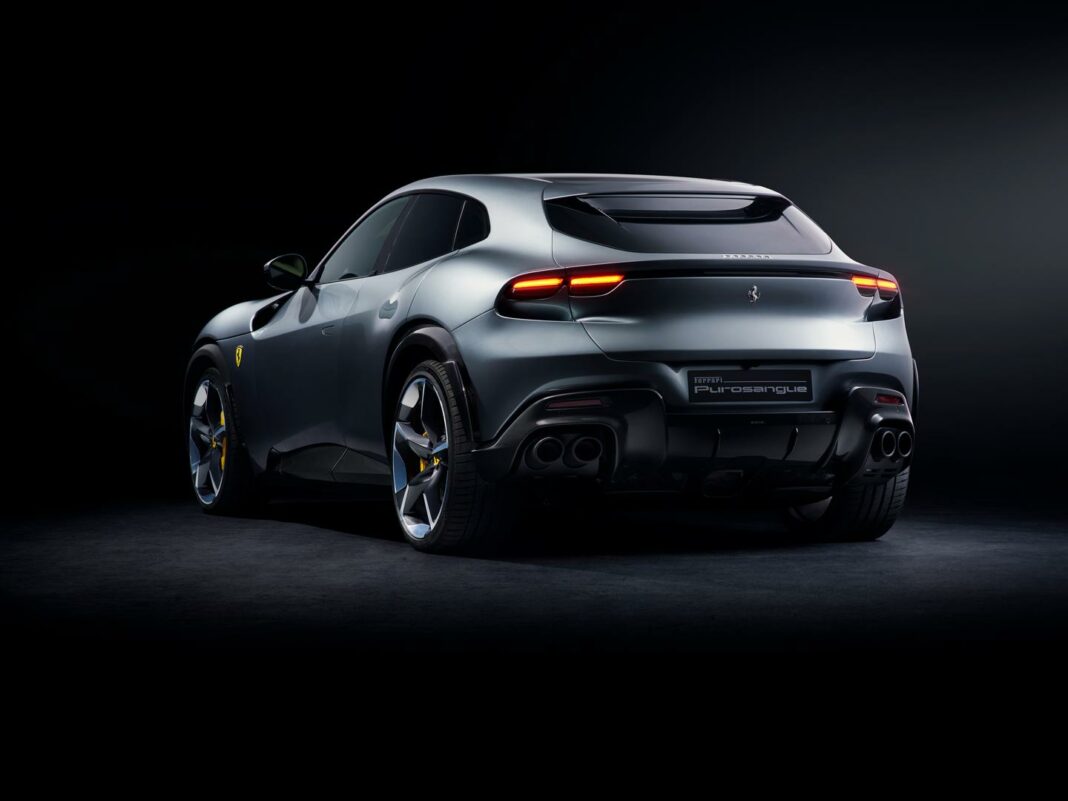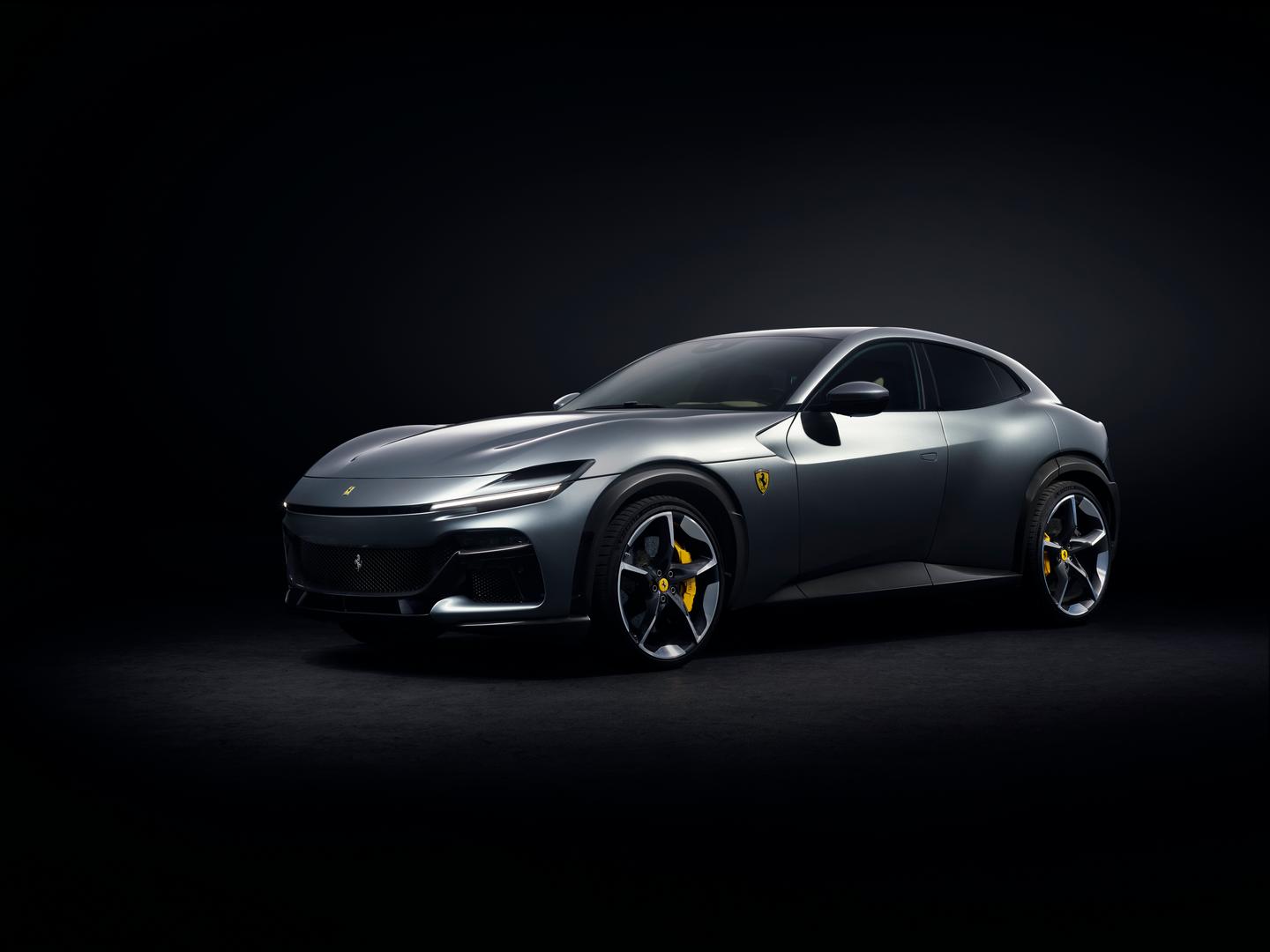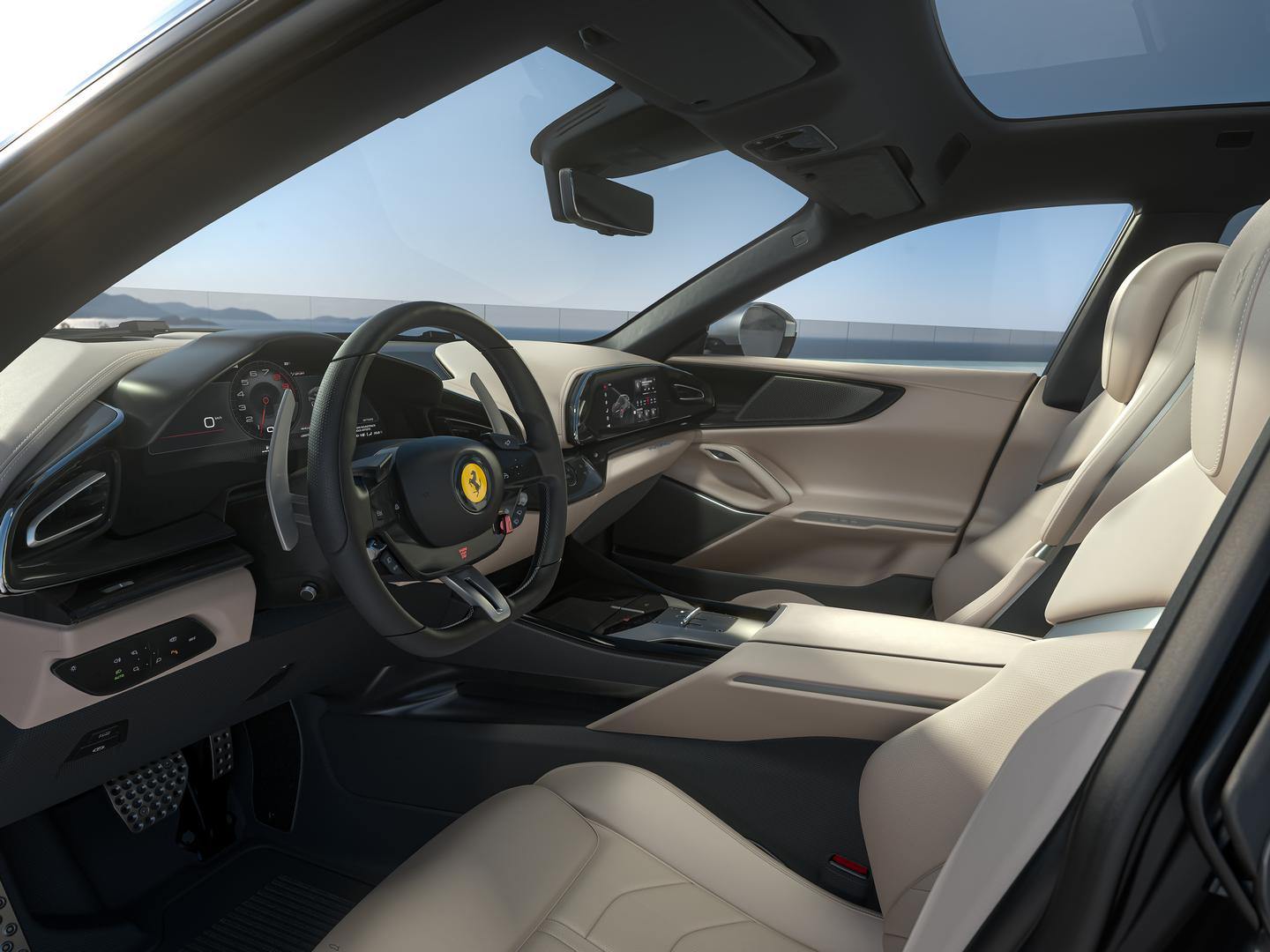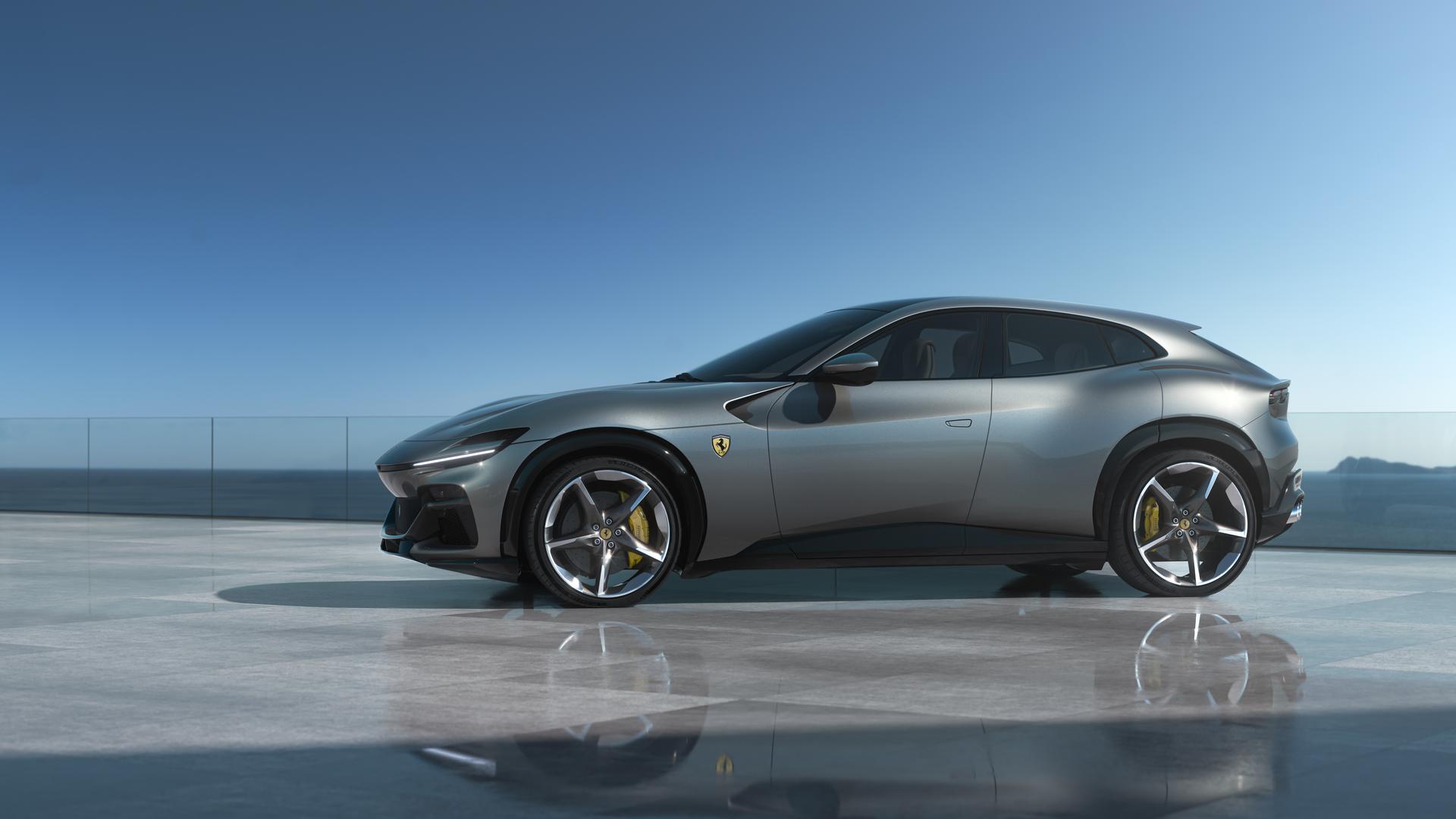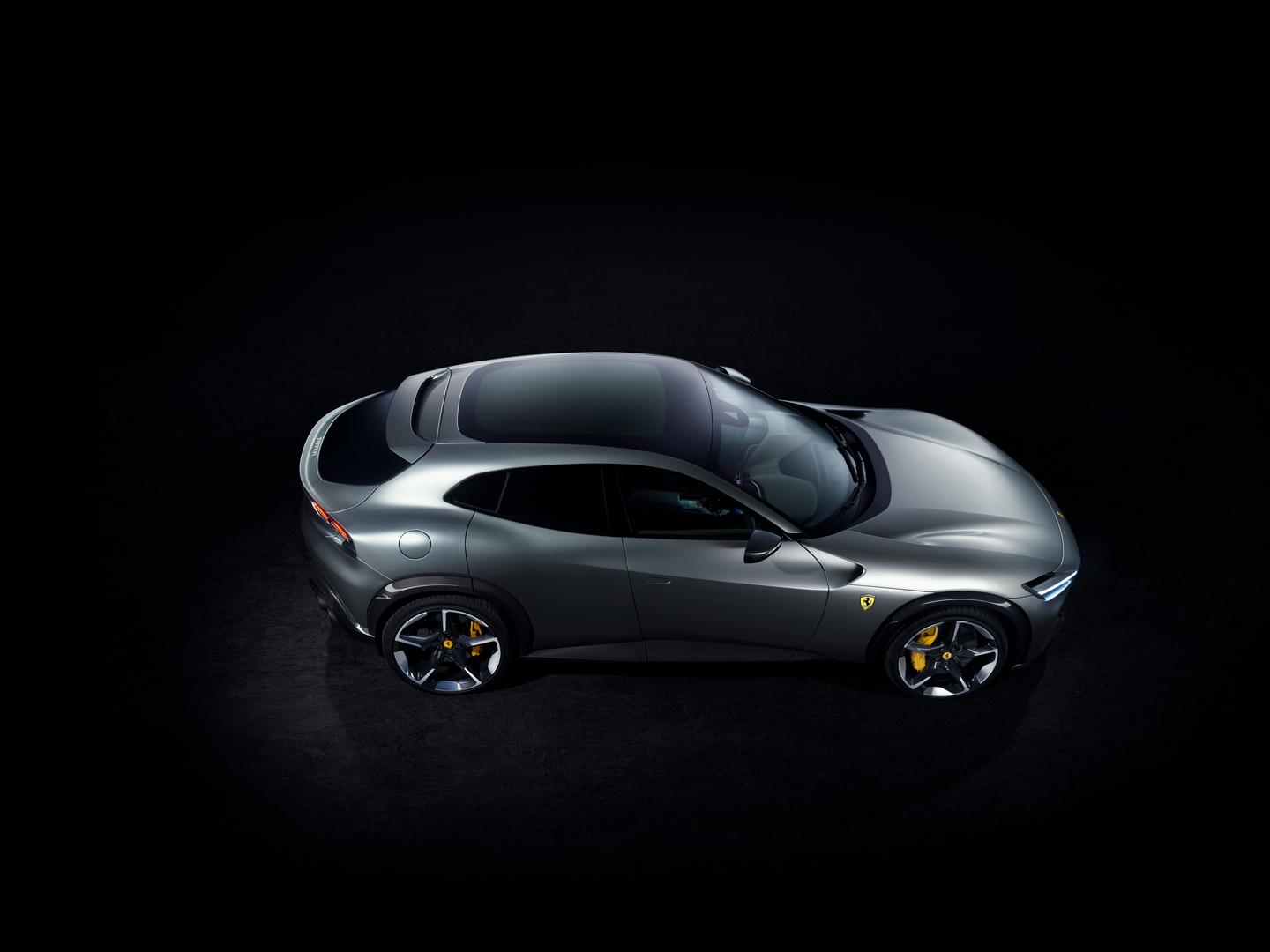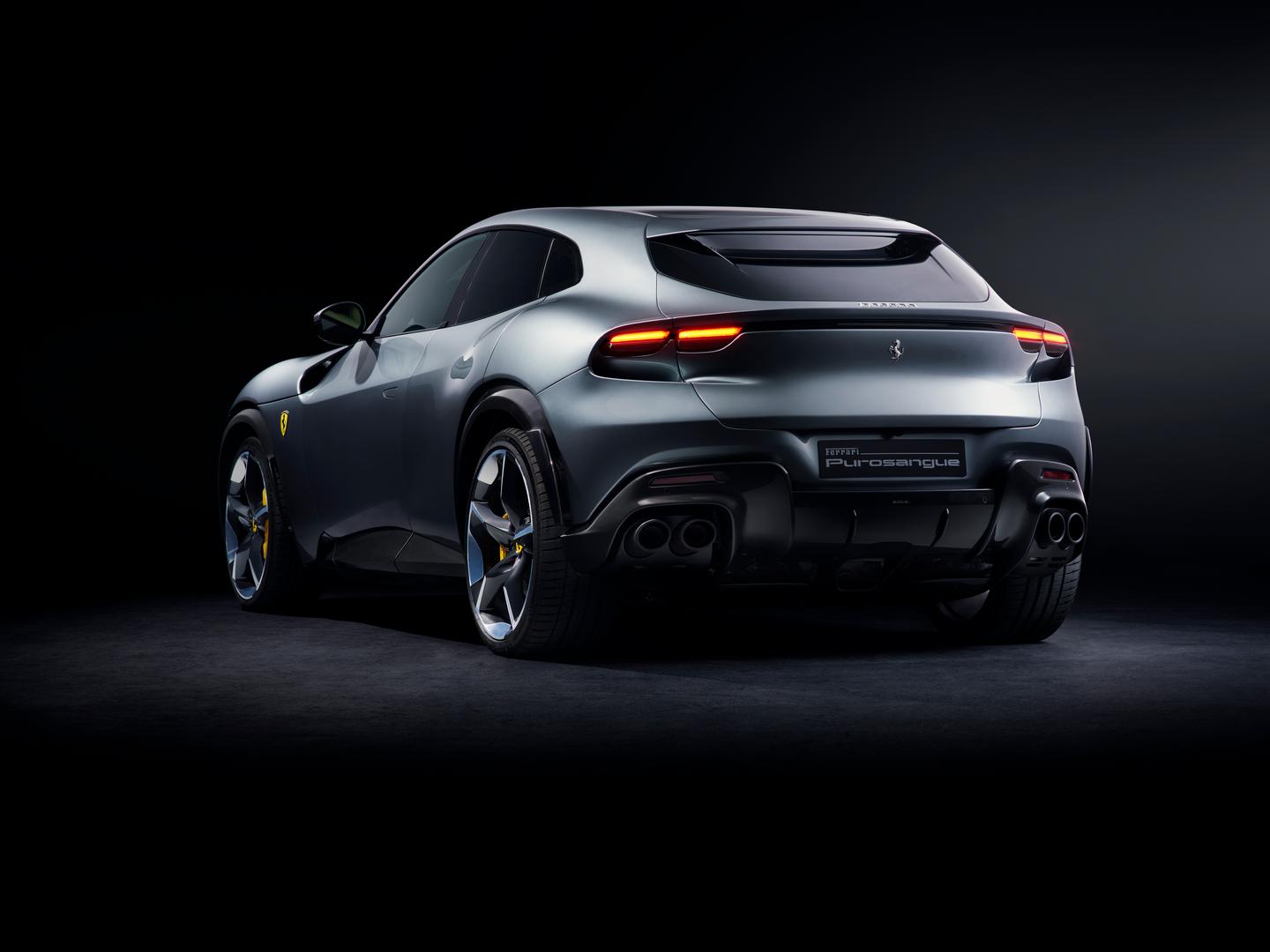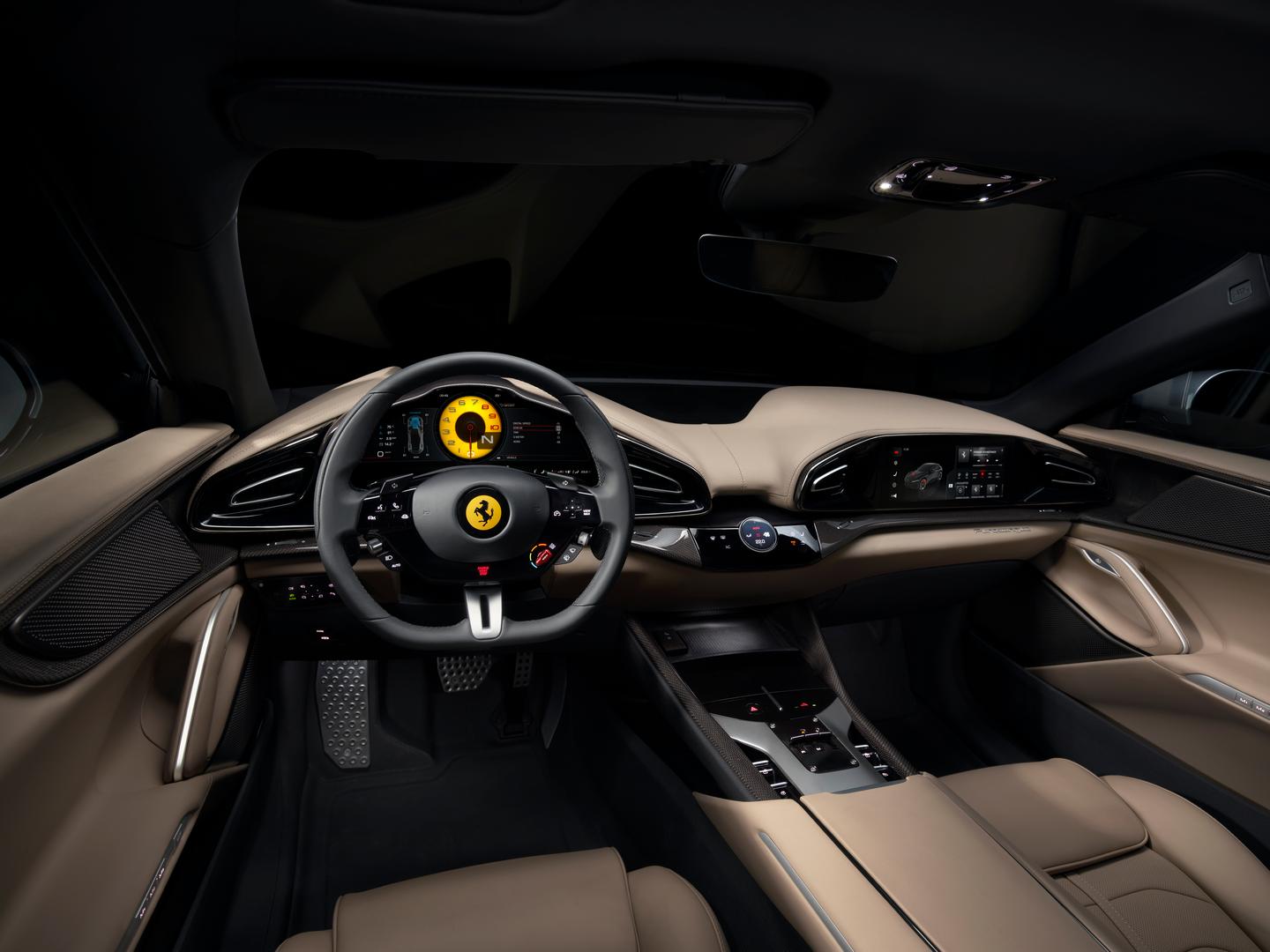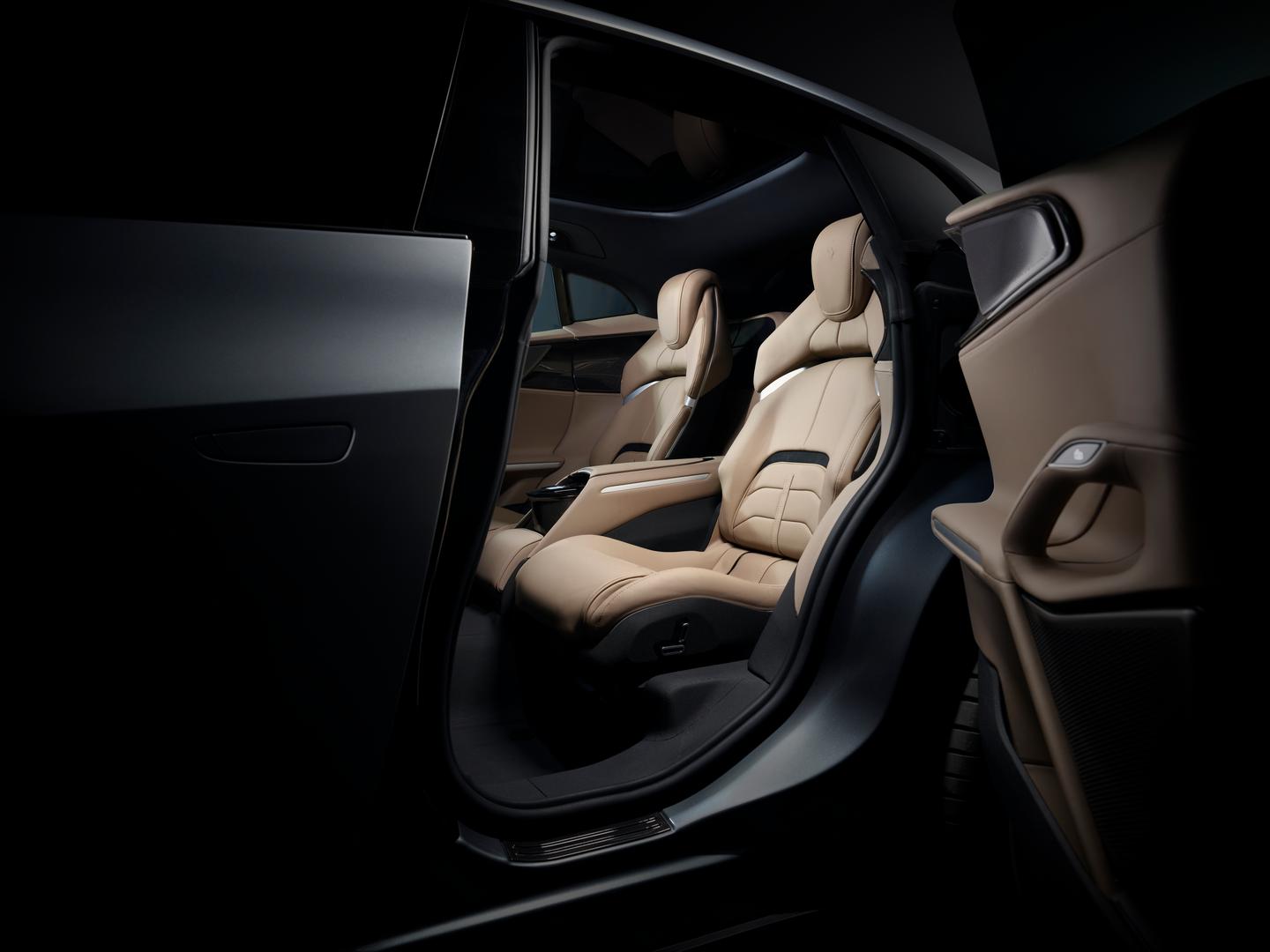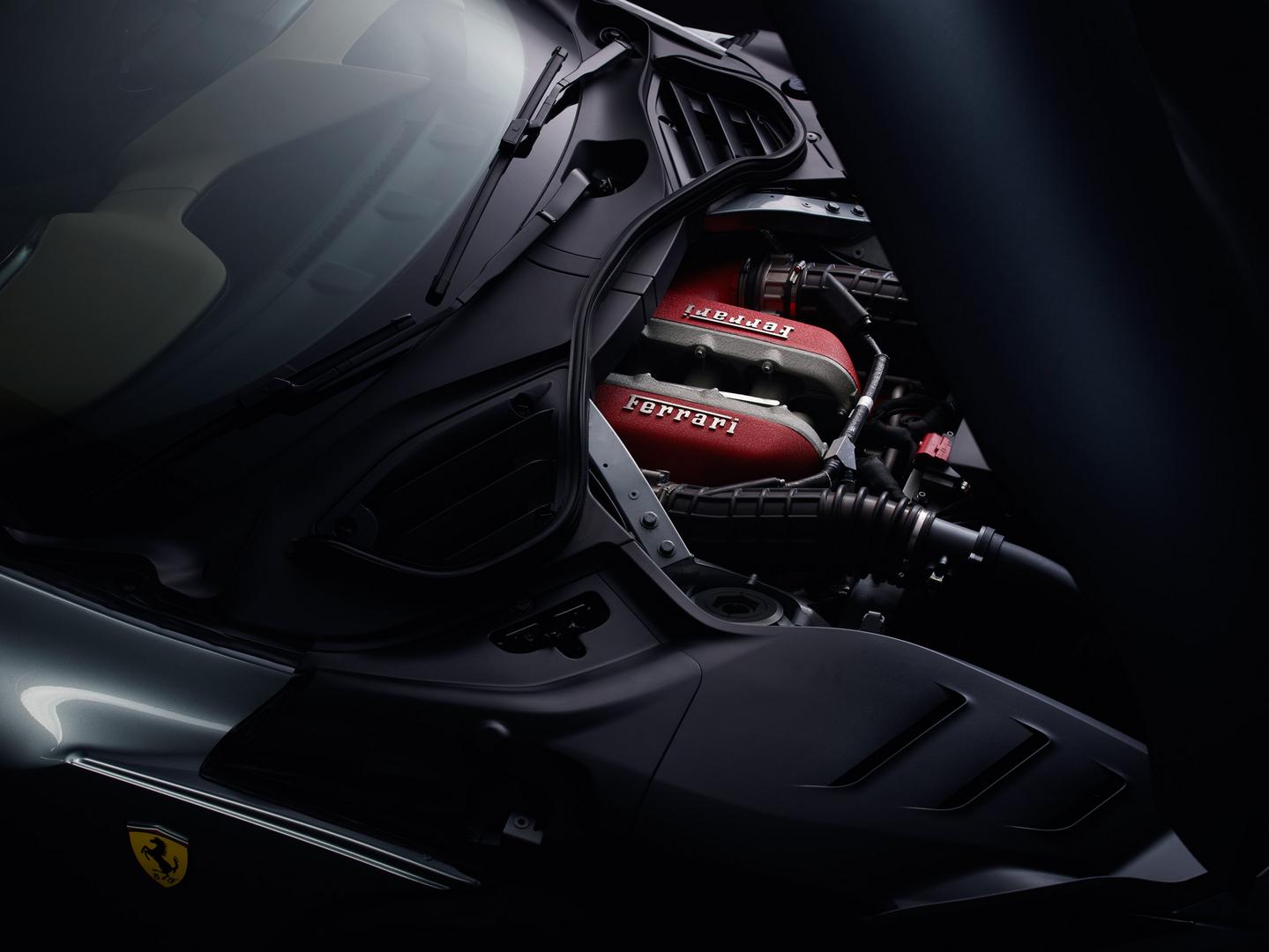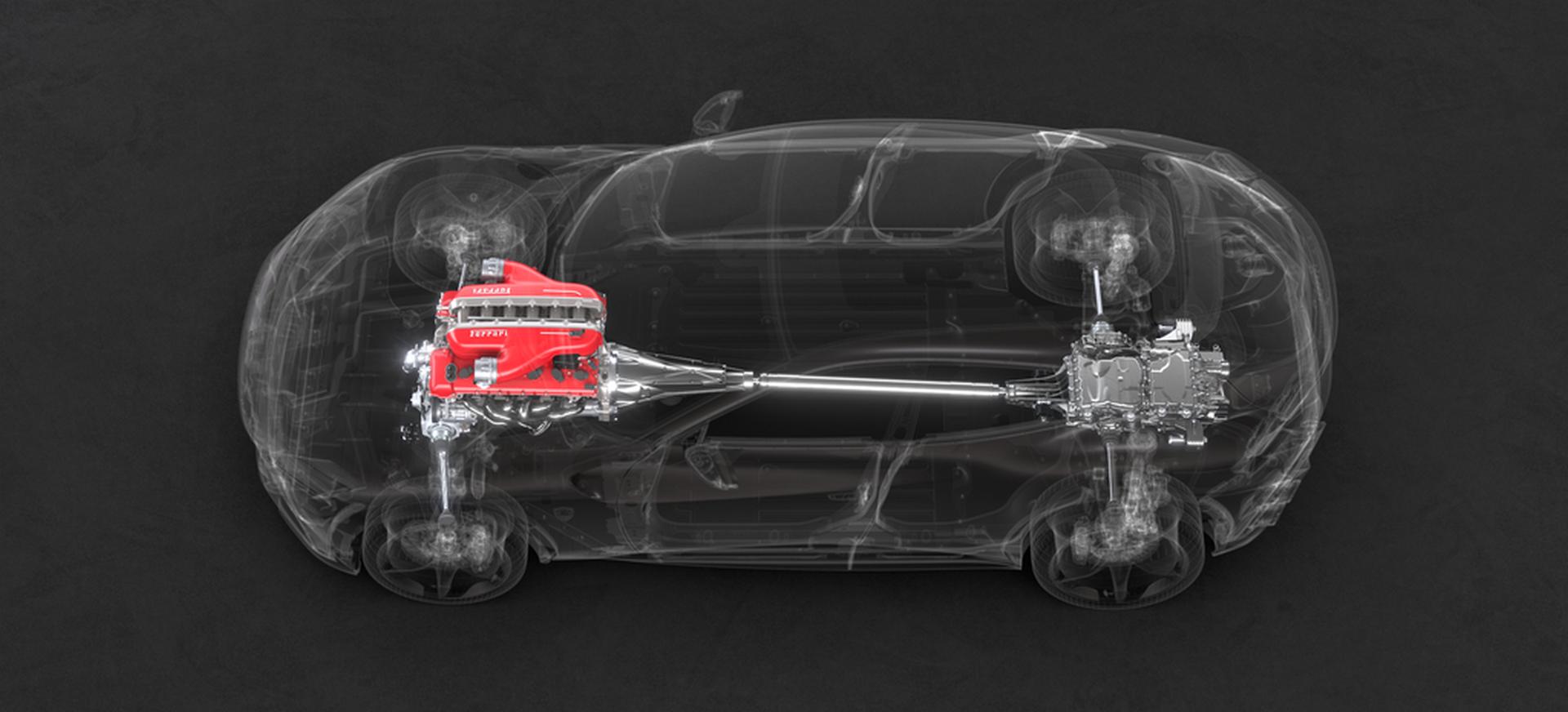The details were kept secret for a long time, but now the time has come: Ferrari is launching a four-door, all-wheel drive model called Purosangue, designed to open a new segment. And to underscore its importance, it is shown as the company turns 75.
Up to now, there has never been a four-door Ferrari in series production. In 1980, company founder Enzo Ferrari asked Pininfarina to design the Pinin prototype, but the market wasn’t ready, the driving characteristics not satisfactory. The Sultan of Brunei had several four-door models built based on the 456 GT, but they never went on sale officially. Of course, Lancia offered the Ferrari-powered Thema 8.32 for a few years, but it lacked a Ferrari badge. Finally, in 2017, Sergio Machionne ordered to begin development on the Purosangue; it was officially announced in 2018.
Ferrari does not want the Purosangue to be seen as an SUV, despite the 18.5 cm ground clearance. But it aims to be more sporty even than, for example, the Lamborghini Urus. The handsome body is full of unusual shapes and details: The rear is short and dynamic, the wheelhouse panels are clearly separated from the rest of the body, and the rocker panels are drawn upwards. The many aerodynamic features on the body are striking.
Where one would actually expect the headlights, there are only daytime running light and turn signal strips. Above that, the air is routed into the engine compartment and discharged laterally at the end of the bonnet. Directly below, the air is routed to the brakes. The wheel arches form an air curtain to improve aerodynamics. Under the taillights, the air from the rear wheel houses exits, and there is a large diffuser. And there was as much attention paid to the underbody aerodynamics as to the visible body.
The doors are electrically operated, the rear portals open forward, but the B-pillar remains to keep the car rigid. To create a true sports car feeling in the rear, individual seats are the only option there. The carbon roof significantly lowers weight and center of gravity. There will be no trailer hitch or underbody protection, but there will be accessories to hold bicycles. The rear seats can be folded down, and the trunk holds a merely average 473 liters.
We tried all seats: The front seats provide good support, the design is slim and futuristic. Headroom is very good up front, but it’s a bit cramped in the back, and the seats back there are unusually hard. The workmanship is excellent, with leather, visible carbon and real Alcantara instead of substitute materials.
Ferrari insists that the angles of the steering wheel, pedals and seat are identical to the sports models, and the steering wheel is practically carried over from the SF90, as are the large shift paddles. Except for the well-known “Manettino” rotary knob, most of the knobs are designed as touch sensors with a piano finish look. The tachometer sits in the center of the screen and the switches on the center console mimick the design of an open shift gate. The Purosangue makes it clear yet again: Ferrari pursues its very own style in the interior.
So much for optics, body and interior – now let’s get to the most important thing, the heart of the Ferrari Purosangue. And that, for us, is something of a surprise: No downsized turbo engine, no hybrid – but a V12 naturally aspirated engine, codenamed F140IA. The engine was almost entirely redesigned: the displacement has grown to 6.5 liters, the camshaft is new, the intake area has been revised.
Performance is outstanding: 533 kW/725 hp (at 7750 rpm), the maximum torque of 716 Nm is available at 6250 rpm, and the engine redlines at 8250 rpm. A whopping 80 percent of the torque can already be accessed at 2100 rpm. The goal was a vehicle with an unmistakable V12 sound, but so civilized that you could also make phone calls when driving at normal speeds. But if you want to go full blast: The sprint from 0 to 100 kph takes just 3.3 seconds, and a mere 7.3 seconds later you are already at 200 kph. The Purosangue is well over 300 kph. Its eight-speed double-clutch transmission is located on the rear axle, transaxle-style; it sports 7 short sport gears and a long eighth gear for the autostrada.
The front/rear weight distribution is an ideal 49:51; torque vectoring at the front, all-wheel steering and all-wheel drive ensure perfect traction. The chassis can lower the vehicle’s center of gravity by 10mm, the struts are fitted with 48-volt motors, the system was developed with supplier Multimatic.
Ferrari attaches great importance to the fact that the Purosangue does not overshadow the classic sports car program. For this reason, and to maintain exclusivity, it is strictly limited to 20% of total production. The brand’s best customers have already been given offered to reserve their car; the response, says Ferrari, far exceeded expectations. Prices start at just under 400,000 euros and deliveries will start in the second quarter of 2023. Right-hand-drive versions come at a later time.
Text by Matthias Knoedler

